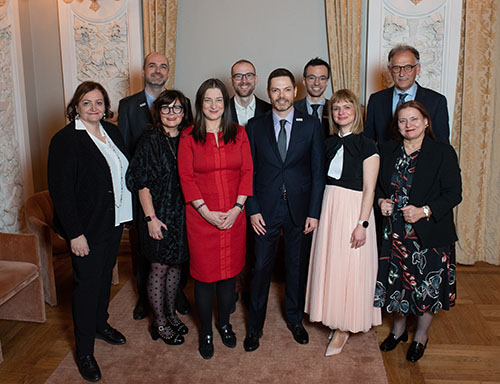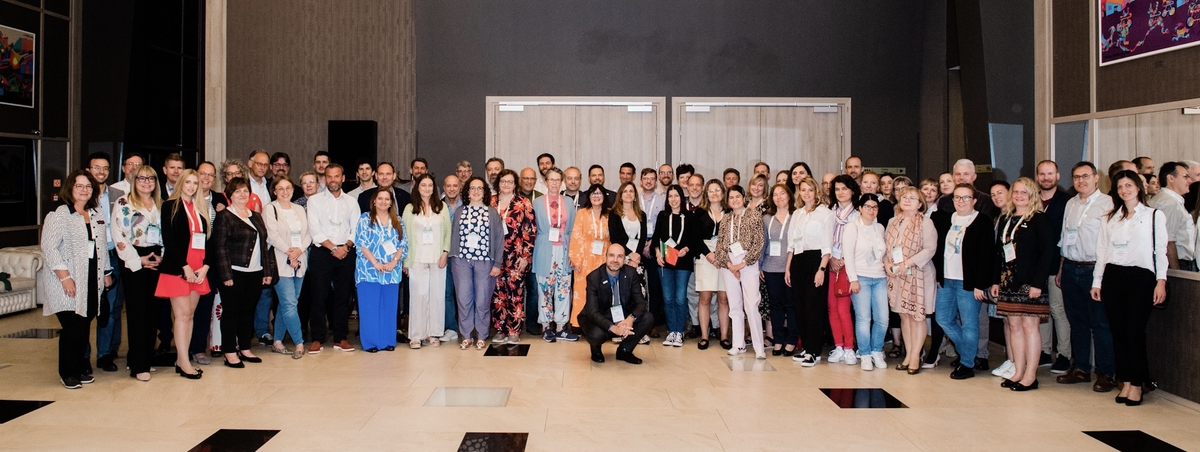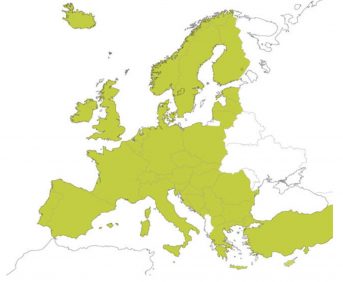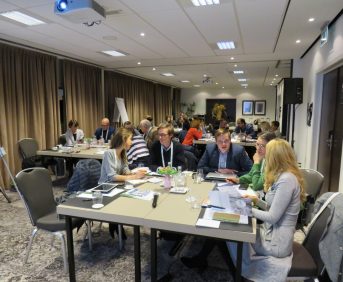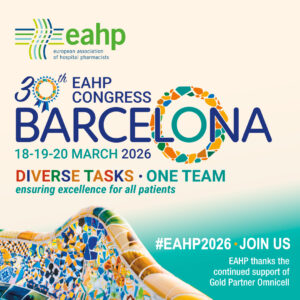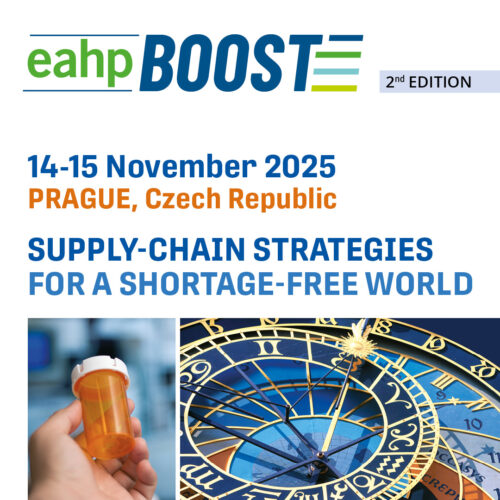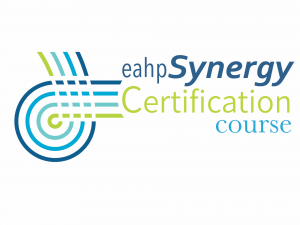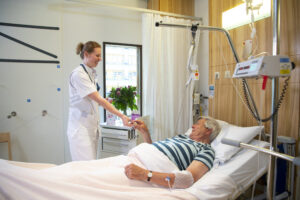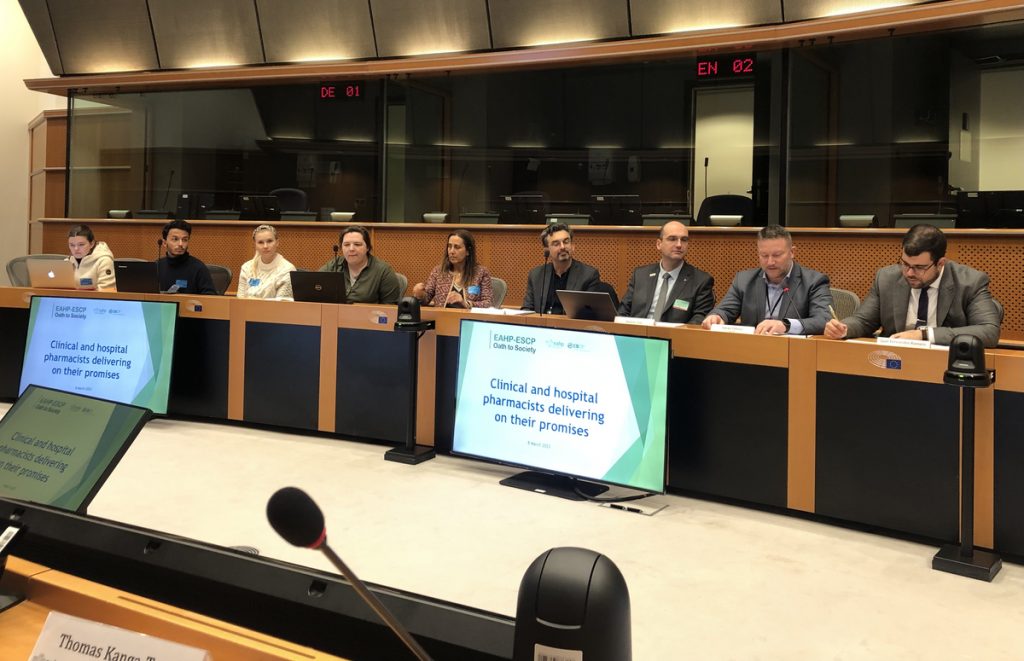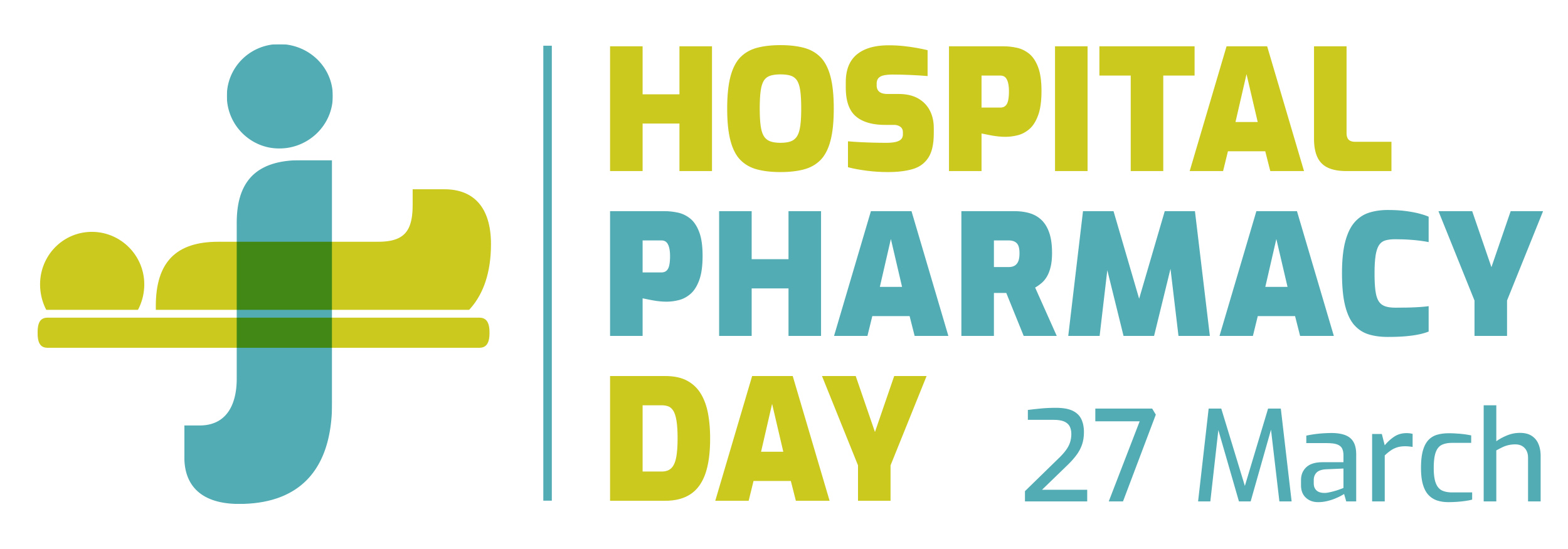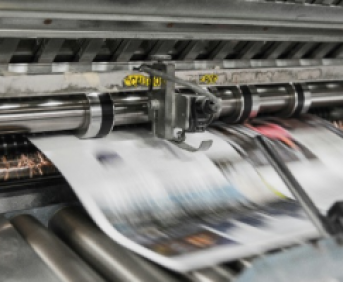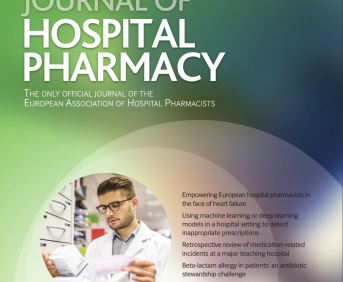OPTIMISING CUSTOM PACKS: A STEP TOWARDS A SUSTAINABLE HOSPITAL?
Pdf

European Statement
Selection, Procurement and Distribution
Author(s)
A. KANDEL (1), L. CABRIT (1), C. HUMARAUT (1), A. MASSRI (2), C. TAILHADES (1), S. ARRAKI ZAVA (1), V. GRENOUILLEAU (1)
(1) Pharmacy Department, Medical Devices Unit, Pau Hospital Center, France
(2) Intensive care unit, Pau Hospital Center, France
Why was it done?
Medical devices (MDs) and drugs account for 55% of the carbon footprint of a hospital’s French healthcare system, making this sector a key focus for the ecological transition. The MD sector alone is responsible for 32% of our hospital’s CO2 emissions, underlining the need to rethink our practices in order to reduce our environmental impact.
What was done?
Elimination of waste produced unnecessarily by optimising customised packs (CP) containing the MD required for treatment.
How was it done?
After a multidisciplinary team (pharmacists, intensive care units, anaesthetists, nurses) was put together, packs containing unused medical devices (UMD) were identified in 2 pilot departments: anaesthesia and intensive care. The packs were weighed with and without the UMD. The savings in terms of waste weight and carbon footprint were calculated according to the type of waste: general waste or biohazardous waste. In conjunction with the medical teams and suppliers, the re-evaluation of the MD required and the withdrawal of UMDs led to the updating of CP in the pilot departments.
What has been achieved?
The packs identified include: the suture pack (SP), the central venous line pack (CVL) and the epidural pack (EP). Over one year, the weight of waste avoided was: 64 kg for the SP, 87 kg for the CVL pack, 55 kg for the EP. After modifying these packs, annual CO2 emissions were reduced by 55% for the SP, 14% for the CVL pack and 8% for the EP, with a total annual saving of €5,423. The annual weight of waste was reduced by 206 kg, a saving of 92 kg of CO2: the equivalent of 86 Paris-London train journeys.
What next?
The re-evaluation of CP can generate a significant ecological impact. This initiative is intended to be rolled out on an institutional scale, with the active collaboration of the sustainable development department, and as part of future calls for tender. These adjustments save time for care staff, significantly reduce the carbon footprint, and contribute to the ecological transition. It is essential to strike a balance between economic and environmental imperatives, given the financial constraints facing public hospitals.
Inhaler recycling
Pdf

European Statement
Selection, Procurement and Distribution
Author(s)
Sam Coombes, Cath Cooksey
Why was it done?
Inhalers account for 3% of the total NHS (National Health Service) carbon footprint and 73 million inhalers are dispensed every year in the UK. There are legal obligations for the NHS to reduce the emissions it can influence and reach net zero by 2045, with an ambition to reach an 80% reduction by 2039. There is no national program to recycle inhalers. We wanted to establish a recycling model which is efficient and can be easily replicated.
What was done?
We established an inhaler recycling model which enables patients to drop off any inhaler at multiple healthcare settings and for these inhalers to be collected and recycled, using a pre-existing logistical model.
How was it done?
This work is part of a collaborative working project in conjunction with NHS Kent and Medway Integrated Care Board and Chiesi Limited. Alliance Healthcare are a sub-contracted service provider in the project to support with the logistical model. We wanted to demonstrate a new model for inhaler recycling using existing infrastructure aiming to improve return rates whilst keeping costs as low as possible. In Kent and Medway, East Kent with a population of 720,000 people, was chosen as a pilot area, as this presented a mixed patient demographic, and the highest volume of acute hospitals, community pharmacies and dispensing GP practices. Inhalers are collected from recycling sites made up of acute hospital sites, community pharmacies and GP dispensing practices, at the same time as medicine supplies are delivered, using a sophisticated logistical model which already exists therefore not requiring any additional transportation. Once collected by a specialist waste management company, from the wholesaler depot, the inhaler components are then recycled and gases from MDI inhalers captured and reused in other industries.
What has been achieved?
A 12-month pilot has been initiated, the infrastructure a logistical model has been put in place and data is being collected.
What next?
The data from the collection process will continue to be collated, the carbon savings calculated, and a toolkit developed so this can be easily adopted in other regions.
